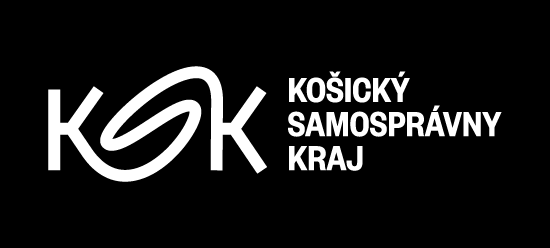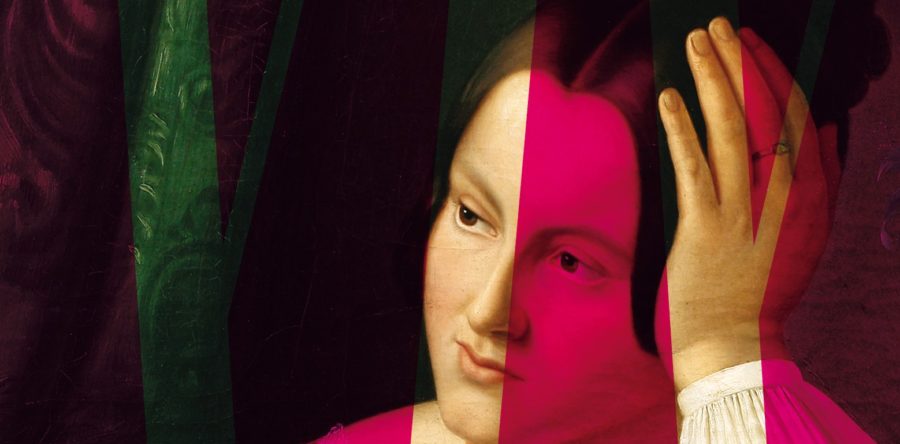opening: 22. 2. 2018 o 18:00
duration: 23. 2. 2018 – 19. 8. 2018
curators: Miroslav Kleban, Ján Kovačič
Východoslovenská galéria, Alžbetina 22
The East Slovakian Gallery was founded in 1952 and is the oldest regional gallery. The first exhibited project was an inventive exhibition named East Slovakian Painters of the 19th century. This event was held in the building of the East Slovakian Museum, which earmarked basic art funding for the running of the gallery. At present, the gallery’s collection is centred on the artworks of the 19th and 20th century, which document the development of the artistic expression while extending beyond the region of Eastern Slovakia. The currently exhibited project named 19th Century Art in Eastern Slovakia is composed of artworks from the East Slovakian Gallery and aims to reinstall the original concept. The exhibition reflects the gallery’s acquisition and documentary strategies, which are part of academic, artistic and historical practice and at the same time re-evaluates the initial idea of the permanent exhibition. Unlike the original concept, the current project features artworks from formerly overlooked graphic and drawing collections. Drawings and prints by various authors (Alt, Benczúr, Mednyánszky, Myskovszky, Hanula, Klimkovič family) intellectually complete the more voluminous collection of paintings. Despite having the features of study sketches, the drawings contain the sovereignty of an autonomous artistic expression. On a national scale, the development of 19th century art is based on the consolidation of various ideological and national identities, which spring from the multinational structure of Austro-Hungarian Monarchy. The art of this period was characteristic of its irregular development, where the specificity of each work of art depended on its regional origin. Moreover, the region of Eastern Slovakia lacked academic background as well as bourgeois potency that would fulfil the role of a consumer and mercenary of art. Regions of Spiš, Šariš and Abaúj were the main cultural centres of the 19th century art that gradually formed its distinctive romantic depiction of the East Slovakian countryside, including the inhabitants and the medieval cultural heritage. The realism of the period focused on classical genres, opposing the ideas stemming from the processes of Slovak national emancipation.
Unlike the original concept, the exhibited artworks are presented within individual thematic cycles, which assort their specific features according to the motif (portrait, landscape, still-life, sacral and profane life, hints of exoticism) and geographical connection (Spiš and Košice circle). In the first half of the 19th century, the artistic and cultural life of Eastern Slovakia started to converge in two main centres – Prešov and Košice. Portrait painting was at the centre of interest, as shown by Ján Rombauer, a Spiš painter based in Prešov. While constituting an independent artistic genre, the roots of portrait painting can be traced to the Renaissance period (epitaphs, occasionally also canvas paintings). It culminated in the 19th century, serving as a commodity for the not very demanding urban consumers. Apart from the regions of Košice and Prešov, the artistic production also concentrated in the Spiš region (Levoča) due to the influence of the Danish painter Ján Jakub Stunder, who followed the tradition of Viennese academism. Stunder accepted the invitation of the local nobility and settled in the area at the end of the 18th century. Stunder’s classicist refinement influenced the work of local artists representing the genres of landscape and portrait painting (Jozef Czauczik, Ján Jakub Müller, Ján Rombauer). In the second half of the 19th century, the artistic production of the Spiš region was centred on the group of artists following the lead of Jozef Czauczik. This reputable painter, known for his devotion to art and cultural and natural heritage of the Spiš region, was valued not only by the rising middle class but also by other artists of the region, many of whom became his students (Karol Marko sr., Gustáv Müller, Titus Szent-Istvány, Karol Tibély). One of the distinctive features of these painters is their interest in the specific form of landscape painting, which aimed to interpret the natural beauty of the Tatra Mountains and Spiš countryside through emotive plain-air realisation. The end of the century culminates in the authors’ ideological acceptance of scepticism and nostalgia, dominated by the changing conception of the landscape genre, which reflects the evolving principles of Impressionism (Ladislav Mednyánszky, Ľudovít Čordák, Ferdinand Katona). A specific feature of the Košice area was the establishment of artistic colonies (Nagybánya, Szolnok, Kecskemét), which implemented the new connection between plain-air painting and the fading emotive Romanticism, culminating in the subjective impressionistic perception of Halász-Hradil and Ľudovít Čordák. The turn of the century thus indicates the gradual assimilation of modernist tendencies.
The re-installed exhibition is presenting the results of the gallery’s long-term collecting effort. Since the first presentation in 1952, it has undergone several alterations and it has progressively acquired and restored new artworks. One of the last significant acquisitions was the work by Ignác Klimkovič – In the Dripstone Cave (1843), which was introduced to the gallery’s collection in 2017. The purchase of this work is important mainly because of the systematic assembling of the collection. This acquisition widens the context of the Klimkovič family’s artistic legacy, whose multigenerational effort of cultural elevation of the urban environment (establishment of a museum and a private drawing school) is closely connected with the 19th century artistic life of Košice. During the 65 years of gallery’s activity, the 19th century art exhibition has been displayed several times with minor alterations. It was conceived by former and current art historians led by Dr. Imrich Groško, whose academic work has left a deep imprint on the gallery’s environment. Similarly to the former thematic exhibitions, this reinstallation attempts to present the gallery’s collection and re-evaluate the core ideas of the permanent exhibition. Similarly to the collection featuring works of Košice Modernism, the presented collection is characteristic of a strong export potential, which indicates the value of the collection and enables the confrontation of its artistic qualities in the context of 19th century European art.



